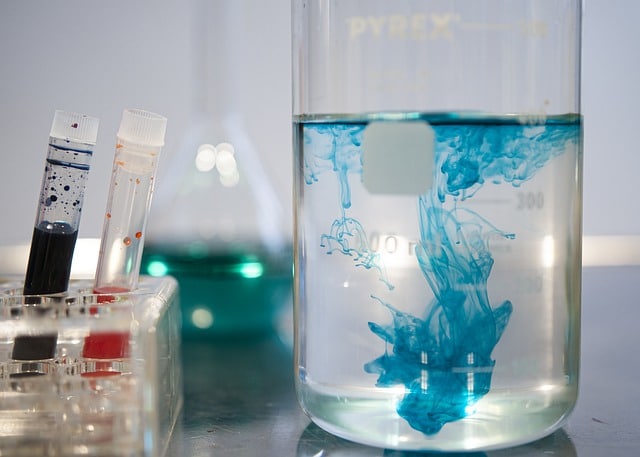
Osmolarity indicates the concentration level of the components of different solutions.
The term osmolarity is not part of the dictionary prepared by the Royal Spanish Academy (RAE) . Its use, however, is common in various fields of medicine , biology and pharmaceuticals .
It is known as osmolarity as it expresses the level of concentration of the components of various solutions . The concept derives from the osmotic pressure that changes in the cells of the organism when the solution in question is introduced.
Types of osmolarity
There are various types of osmolarity. Thus, for example, there is the so-called urine osmolarity , which is the test that aims to analyze the concentration of particles in the urine, specifically per liter of solution.
On the other hand, we find plasma or blood osmolarity . What is it? An examination whose purpose is to know the molar concentration of the particles that are osmotically active in what is one liter of plasma.
It must be said that the latter is often confused with the term plasma osmolality . The difference between the two is that this is that concentration but referring to a liter of water. Osmometers are those that measure osmolality and not osmolarity, as is often believed. And to calculate the latter, it requires performing an operation: osmolality x 0.93.
In the same way, we must not overlook the existence of what is known as tubular osmolarity, which is what has to do with the state and functioning of the kidney. In this case, it is defined by the concentration of solutes per liter of solution, that is, by the presence of extracellular fluid.
The expression is made in osmoles per liter , with the osmol ( Osm ) being a unit of measurement that indicates the number of moles present in a compound. This unit is not part of the International System . In certain substances, we speak of osmolality (with L instead of R ), which has different characteristics and is mentioned according to the osmoles that are in each kilogram of water.

There are various types of osmolarity.
Disorders that can affect it
There are various disorders that are considered to affect osmolarity. Specifically, among the most frequent are the following:
• Hyponatremia, which has symptoms ranging from tremors to headaches and seizures.
• Hyperosmolarity.
• Hypernatremia, which is the result of urinary osmolarity.
• Hypernatremia with watery diuresis, which is associated with diabetes.
Osmolarity and osmosis
Osmolarity is linked to the properties of osmosis , the phenomenon that arises from the interaction of a solute (a solid) with a membrane. This causes simple diffusion of the solute through the membrane without energy loss.
What osmolarity does is reflect the concentration of the molecules of those osmotically active components within a solution. This unit is used by doctors and pharmacists, among other professionals.
It is important to calculate osmolarity in various physiology studies to know how the diffusion of a substance is carried out through cell membranes, which will be linked to the pressure exerted by the solute.
